Interesting Facts About Fall for Kids
The season of mists, autumn is known for its darkening nights and falling leaves. It’d be safe to say it’s everyone’s favorite season. And frankly, how could it not be? The beautiful foliage, crisp air and loads of delicacies make it a cozy time for the young and adults alike.
Here are a few quick facts about autumn for kids and why its our favorite time of the year.
Facts About Autumn for Kids
There are four seasons during the autumn season, which last roughly from September 21 to December 21. Deciduous trees lose their leaves during the autumn season, which is called “fall.”
Leaf Facts
Are you sure you know everything about leaves? These facts about autumn leaves might surprise you:
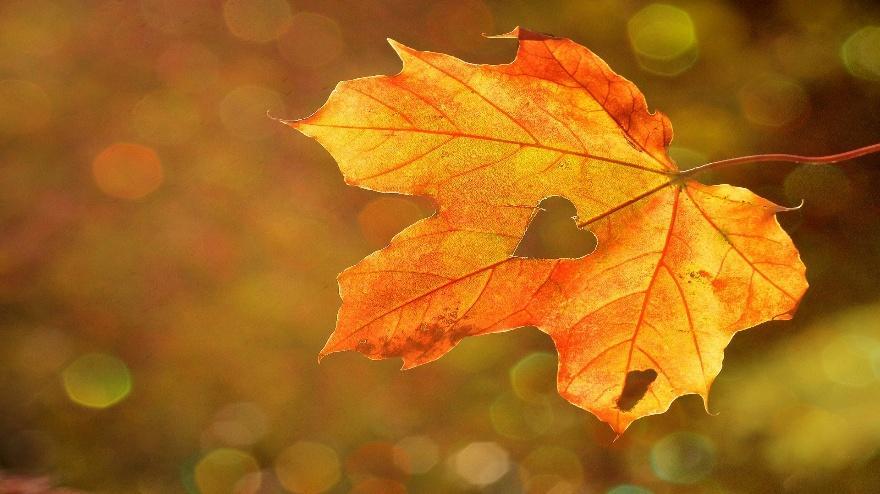
- Light, chlorophyll, water, and carbon dioxide are all necessary to make food for leaves.
- The winter approaches, and the leaves produce a coating obstructing their water source. Without water, chlorophyll (the substance that makes leaves green) cannot be produced.
- As the fall approaches, the leaves begin to turn colors and return to their classic hues. During summer, chlorophyll present in the leaf causes the leaves to turn green, obscuring the leaf’s actual color.
- In addition to chlorophyll, leaves contain two other chemicals that contribute to their coloring. It is yellow and is called xanthophyll. Carotene, on the other hand, has an orange hue.
- Sugars in sap turn leave red and purple due to the presence of sugars within them.
- When the leaves have turned brown, they have died and no longer receive nutrients.
Ghosts
Ghosts may not be a belief for everyone, and kids might only know Casper, the friendly ghost, but there are many haunted places with real ghosts (or so the legend goes!).
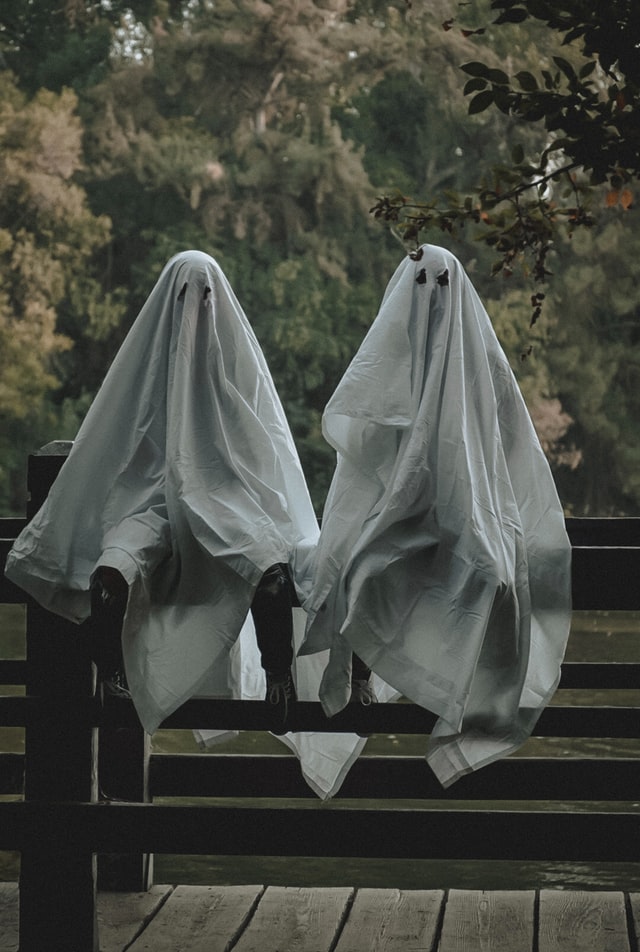
People have reported hearing voices and seeing the dead include Keg Mansion in Toronto, Craigdarroch Castle in Victoria, and Ottawa Jail Hostel. Haunting!
Halloween Facts
Halloween dominates autumn. Check out these Halloween facts:

- Halloween is the season for ghosts and other spooky creatures, and black is the color of darkness and mystery. Two different sources of orange and black are traditionally associated with Halloween. The color orange is associated with autumn leaves and pumpkins, which have become symbols of Halloween.
- Parapsychology is dedicated to studying bizarre phenomena like ghosts and psychic abilities. Spirits cannot be scientifically proven to exist. Parapsychologists use scientific methods to investigate bizarre phenomena and learn more about ghosts.
- In the past, Halloween was a pagan holiday honoring the dead, and the holiday was called All Hallows Eve. That day falls on October 31, the Celtic New Year.
- Ancient Celtic traditions dictate that people wear masks on Halloween. Halloween was believed to be a night when ghosts roamed, so the ancient Celts wore masks to hide from the spirits.
- Romanian folklore is associated with vampires. During the 18th century, Romans believed that after death, if there had been a suicide or other suspicious circumstances, the dead could come back to life and feed on living blood.
Thanksgiving Facts
Thanksgiving is another holiday that occurs in autumn. A few facts about Thanksgiving are as follows:
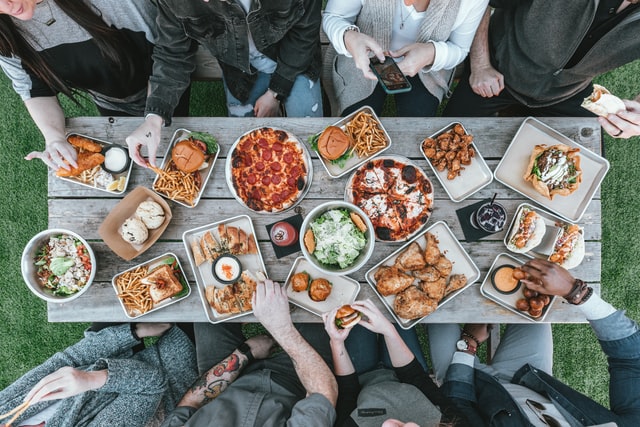
- Cooking Thanksgiving dinner for her mother and daughter
- December 1620 marked the arrival of the first pilgrims in North America.
- In 1621, Plymouth celebrated its first Thanksgiving.
- The First Thanksgiving dinner was hosted by the Wampanoag Indians, a Native American tribe.
- Three full days were dedicated to the first Thanksgiving feast.
- Congress designated the fourth Thursday of November as the holiday for Thanksgiving in 1941, when Congress established Thanksgiving as a federal holiday. In order to speed up the nation’s financial recovery following the Great Depression, Franklin D. Roosevelt chose the date of the Christmas shopping season to make it longer. The president set Thanksgiving’s date each year before it was fixed in 1941.
Read more about Thanksgiving facts in Detail Here
Cornucopia
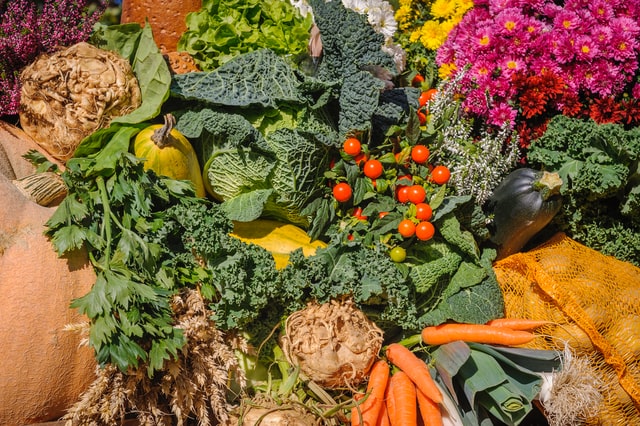
Legend has it that cornucopia originated with Zeus, who was hiding from his devouring father, Kronus. Amalthea, the goddess of nourishment, placed Zeus in a cave on Mount Ida to protect and care for him. Her horn was accidentally broken by Zeus, giving it the power to provide endless nourishment. Cornucopias had been associated with Thanksgiving and harvest in the past.
Pumpkin Facts
The New World’s versatile product that the grinning jack-o-lantern flickers on your front porch.

- Taken from a freshly carved Halloween pumpkin, a girl takes out the seeds
- Pepon is a Greek word for large melon. Originally, pumpkins came from Central America, known as pumpkins.
- Most of the world’s population grows pumpkins today, with the exception of Antarctica.
- Fruits, like pumpkins, belong to the vine crops family. Ninety percent of their volume is water.
- The flowers, seeds, and flesh of pumpkins are edible and contain potassium and Vitamin A.
- Pumpkin was used for pie crusts and not for fillings by early colonists.
- There was once a belief that pumpkins faded freckles and cured snake bites.
- A pumpkin pie weighing 3,699 pounds was the biggest ever baked. It measured 20 feet in diameter. It was baked in Ohio. 1.221 cans of pumpkin puree were used in the recipe.
Fall Weather Facts
There is a fall in the leaves and a drop in the thermometer. What can you expect during this season?
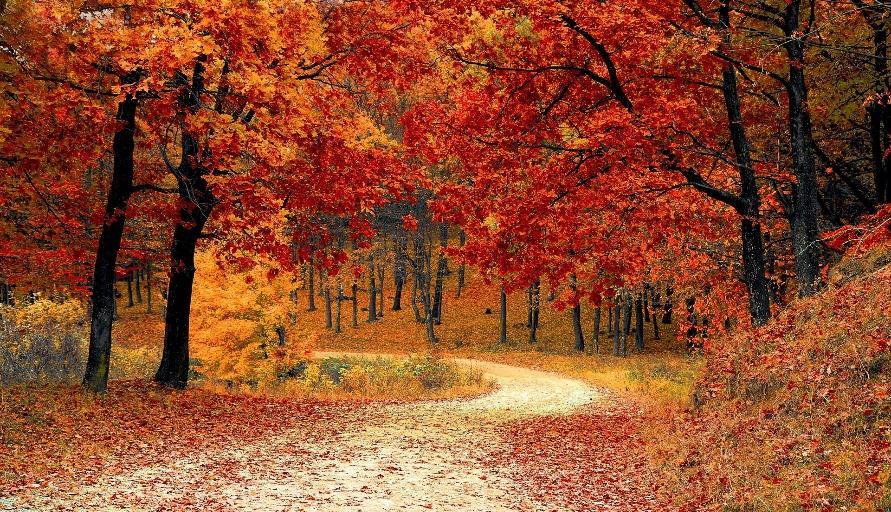
- The autumnal equinox occurs around September 22nd or 23rd and marks the start of colder weather. Around December 21, the winter solstice occurs.
- In the Northern Hemisphere, autumn is more extended and colder than in the Southern Hemisphere due to the planet’s tilt.
- Summer turns into winter when the weather becomes chilly. Distance from the equator causes the days to be shorter and the sun’s angle to be lower, so less warmth reaches you.
- As the weather cools down and days become shorter, some butterflies and birds migrate south to warmer climates for the winter. Other animals hibernate, such as bats, hedgehogs, and fish. Squirrels and bears, however, sleep a lot more and rely on fat and nuts stored in their bodies to survive.
- Trees that are evergreen maintain their green color by tightly rolling their leaves into needle shapes coated with a wax-like substance.
- The best time to observe the Northern Lights, a spectacular display of colors in the night sky, is on calm, clear fall evenings. Aurora borealis are caused by particles from the sun swirling into geomagnetic storms, which then collide with the Earth’s magnetic field.
- Hurricane season also peaks in early autumn. After the summer, lower winds and warmer temperatures on the ocean surface make major storms more likely. As the winds pick up and the ocean cools by mid-October, storms become weaker, and many do not even make it across the sea from Africa.
Fall Activities for Kids
Rejoice, autumn lovers! The most beautiful time of the year has finally arrived (along with many fall activities). The weather is getting more relaxed, and the leaves are changing color, so it’s time to start thinking about how you can encourage kids of all ages to get outdoors and enjoy everything this incredible season has to offer.
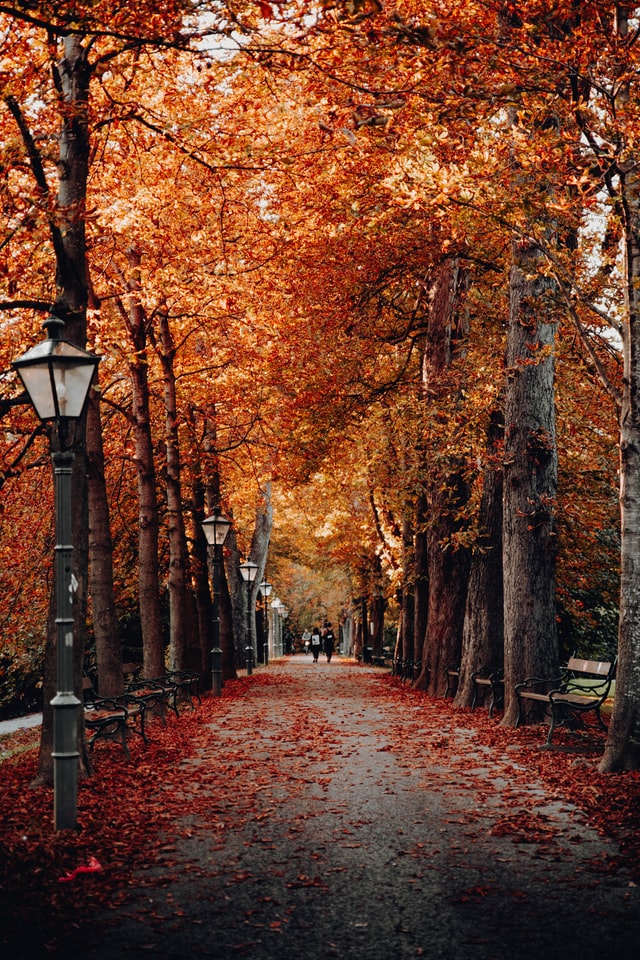
This list of fall activities for kids has something for everyone, from arts and crafts projects to festive outings!
- Make a newspaper scarecrow.
- You can make a classic apple crisp.
- Throw a tea party with apple cider.
- You can bake apple chips.
- Simple crafts you can make with only three materials.
- Decorate wooden crafts with paint.
- Create handprint leaves.
- Make leaf rubbings.
- These children’s books are themed around autumn.
- Take popcorn and roll it into balls.
- Make pumpkins out of leaves by stuffing them into bags.
- Hayrides are fun.
- Create your leaf stamps to decorate your stationery.
- While nature walking, play “I Spy.”.
- Identify leaves and collect them.
- Take a walk through a corn maze.
- Photo albums can be made by pressing leaves into them.
- Take a tour of a haunted house.
- Nature crafts can be made from twigs, seedlings, and fallen leaves.
- Create a contest for your decorated pumpkin, or enter it in a local contest!
- Pick your pumpkins at a pumpkin patch.
- Make a centerpiece from gourds for the holidays.
- Toast the seeds of your pumpkin.
- Create acorn people.
Also Read: Hispanic Heritage Month
Conclusion
Autumn is a season that begins on the autumnal equinox and affects plants and animals in various ways. Red, yellow, orange, and brown are the colors of the leaves while they are on the tree. Autumn is sometimes called fall, and it is the transitional season between summer and winter. Discover how nature reacts to autumn, otherwise known as fall, and the harvest festivals that happen during this season.
The cool weather and the changing leaves are accompanied by the plants ceasing to produce food, animals preparing for the long winter months, and the length of daylight starting to shorten.
Have a remarkable fall! The autumn season is one of the best times of the year, full of changes, fun indoors and outdoors, and some of the best holiday celebrations. By knowing these facts about autumn, everyone will enjoy the season more.
